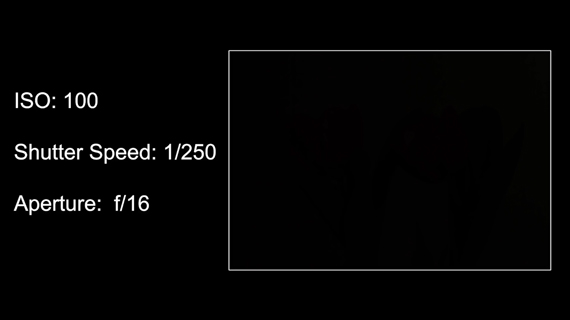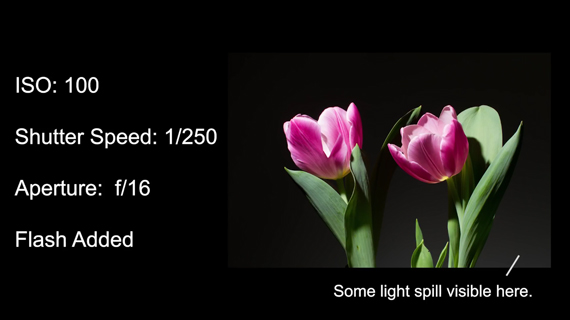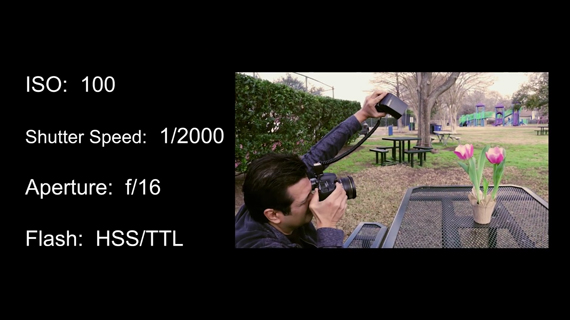You’ve probably come across some images where the subject is well exposed while the background is completely black. While it is still possible that some of those shots were taken in a studio with a black background, it’s also possible to achieve similar results outdoors, even in broad daylight. Photographer Ed Verosky demonstrates:
By tweaking the exposure settings and adding a bit of flash, it’s possible to completely cut off the ambient light and isolate the subject. To do this, you can follow these simple steps.
Identify Your Camera’s Flash Sync Speed
To cut off the ambient light, you’ll want to have the shutter speed as fast as possible. However, since a flash will be a part of this equation, you cannot exceed the camera’s flash sync speed. So it is essential that you first have a look at the camera’s menu and identify its flash sync speed and fix the shutter speed equal to the flash sync speed in manual mode. In the video example, the camera’s flash sync speed is 1/250 second and that is why Verosky has his shutter speed set to 1/250 second.
Adjust Settings to Get a Black Frame
Now that the shutter speed is fixed, we have two more variables in the exposure triangle: aperture and ISO. Lower the ISO to the lowest value and keep on increasing the aperture value to make the aperture narrower until you get a completely dark frame. Achieving a dark frame becomes easier if the background is dark as well. It can get a little tricky if the background is bright, like the sky for example. In such cases, you will need to use a different trick, which we’ll discuss below.

Verosky was able to get a black frame using these camera settings for his lighting conditions.
Use an Off-Camera Flash
After you get a black frame, use an off camera flash directed toward the subject, making sure not to spill much light on the background. For better control over the amount of light striking the subject, you can use the flash in manual mode and set the flash power by yourself. Start from a lower value, like 1/4 power, and experiment by moving the flash closer and farther from the subject.

Adding flash to expose the subject
If you follow these simple steps, you should be able to get an image where the background is dark while the subject is well lit and isolated. But what if the background is very bright and you cannot get a black frame? For this you will need to make use of a feature called High Speed Sync (HSS).
Using High Speed Sync (HSS)
Consider this scenario: you have the shutter speed set to the flash sync speed, the ISO is at the lowest value, and the aperture is also at the narrowest but still you cannot get a completely black frame. What can you do? The only option is to increase the shutter speed by exceeding the flash sync speed. However, by doing so you will notice that half of the image will turn out completely black, which is not what we want. If you want to use your flash with a shutter speed faster than the camera’s flash sync speed, you will want a compatible flash which has a feature called High Speed Sync. By using this feature, you will be able to set a fast shutter speed, say 1/2000 second, to cut the ambient light out and still use flash to light the subject.

When shooting in very bright conditions, use a faster shutter speed and use flash in high speed sync mode.
By following these simple steps you should be light your subject well while still maintaining a dark background. You can use this technique in product photography as well as portrait photography. Go ahead and give it a try.
Go to full article: Tutorial Using Flash to Overpower Ambient Light
What are your thoughts on this article? Join the discussion on Facebook
PictureCorrect subscribers can also learn more today with our #1 bestseller: The Photography Tutorial eBook
The post Tutorial Using Flash to Overpower Ambient Light appeared first on PictureCorrect.